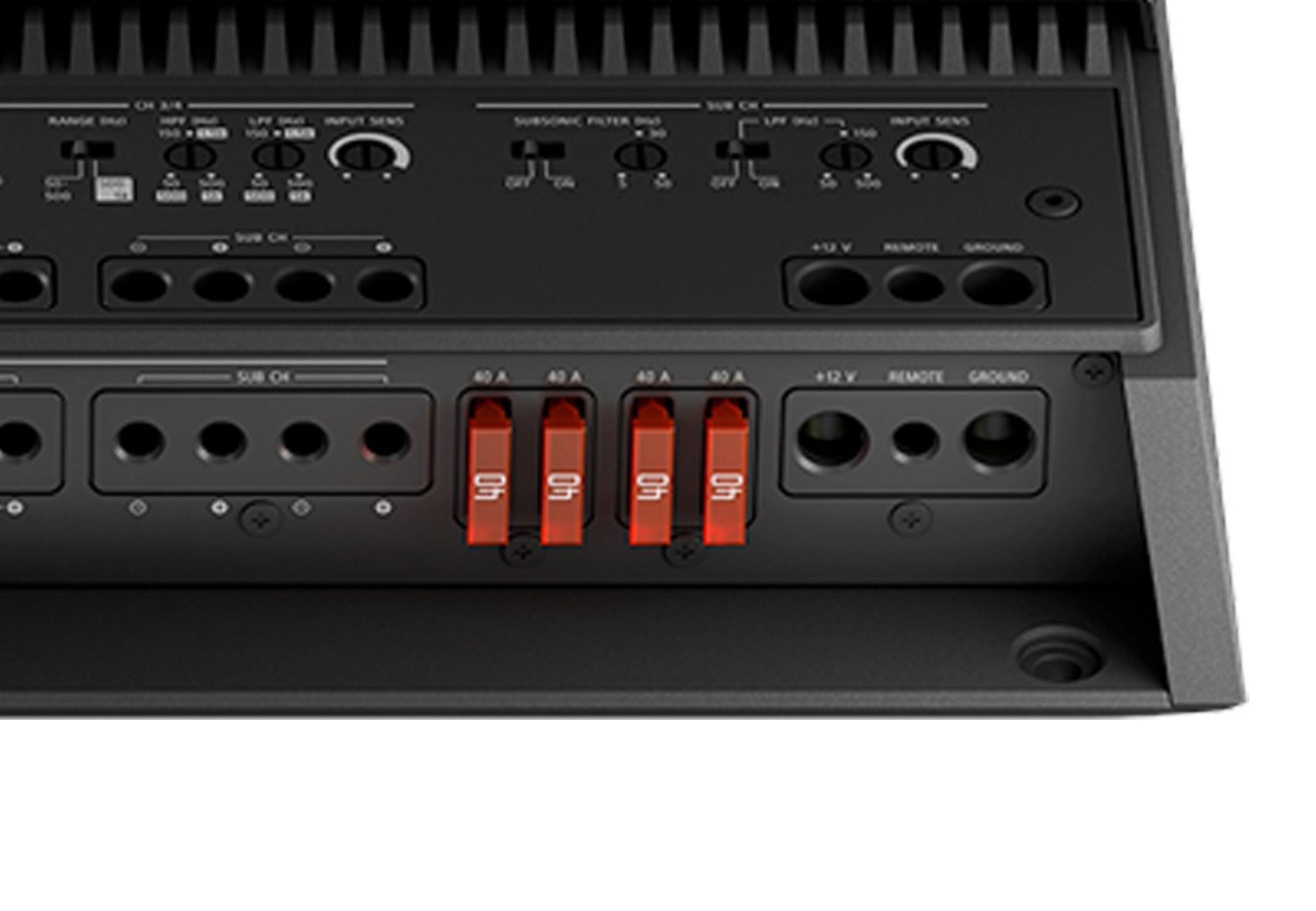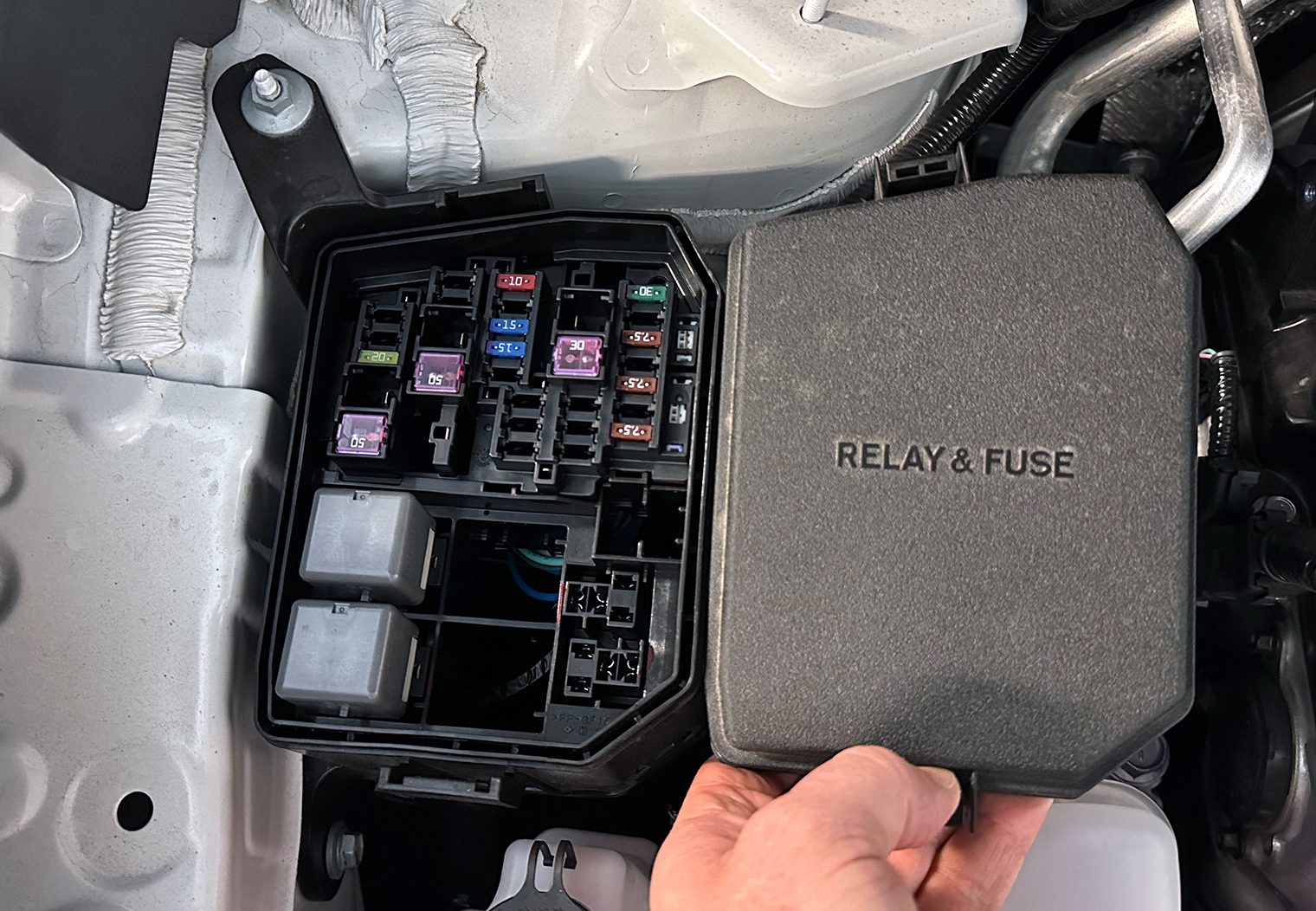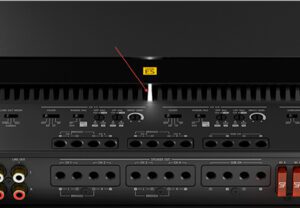Home > Learn > Car Audio Troubleshooting > Top Reasons Why Your Speakers Aren’t Working
In this article: We'll walk through all of the top reasons why your car, truck or boat's speakers aren't working anymore and how diagnose and fix them.
Speakers wear out all the time. Whether it's age, normal wear and tear, overuse – there's a number of reasons why your speakers stop working properly. This is especially true with lower quality OE (original equipment). First thing to do is check if your speakers are blown.
Regardless of the speakers that you have in your vehicle, the first questions you need to ask yourself are:
- Are all of my speakers broken?
- Are some (or one) of my car speakers broken?
Depending on whether all of your speakers or just some of them aren't working will significantly change the way you diagnose your problem. In this article let's discuss both, and what you should look for in both scenarios.
One or Two Speakers Aren't Working
If only one or two speakers are not working, this is different than when all speakers aren't working and you'll want to diagnose it differently. It's also more likely that the problem is the speaker itself rather than the amplifier or head unit.
There are a few things we recommend looking into when you're trying to diagnose your problem when only a few speakers aren't working. But first, ask yourself:
- Which speakers aren't working? – Are two or more speakers not working? If so, are they on the same side? Questions like this may indicate that your head unit settings may be muting certain channels of speakers. For example if your ‘balance' setting on your head unit is all the way to the right, your left speakers will be shut off.
- How did they stop working? – Was it gradual or suddenly? If it was gradual, this indicates that it's an issue with the speaker more so than the source, amplifier or head unit settings. Check your speakers for wear.
Depending on the answers to the questions to these two questions, you may narrow your search when you begin to check some of the other key elements:
- The Speakers – Check the speakers for visual wear and tear. Check whether or not the cone moves when you're playing music. Crackling or heavy, constant distortion in one speaker is also a tell tale sign of an indidual blown speaker that'll need to be replaced.
- The Source – If a set of speakers aren't working – like the fronts or the rears – check the settings in your head unit. The balance or fade may have accidentally been changed to only send audio to the left and right (balance) or front and back (fade) and could be the source of your problem.
- Wiring – This is the most time-consuming issue to check into, and we'd recommend this be your last option to diagnose. You'll want to get a voltmeter and use the positive and negative leads to the speakers to check that there is power and continuity to the speakers. Check each speaker independently. If the voltmeter doesn't read any power, you've found a problem.
- Amplifier – In rare cases, if only one or two of your speakers are not working it may indicate that your amplifier is malfunctioning. To confirm this, find the amplifier in your vehicle and check that there's power coming from each output channel of the amp. You can either use a voltmeter, or try switching the speakers that connected to the outputs, using a speaker that you know works for each channel to narrow down the problem channels.
All Speakers Aren't Working
If all of your speakers aren't working, odds are the problem ISN'T you're speakers. When all of your speakers no longer work, the problem is likely the source of your audio, or the power that the speakers rely on. Here's a few things to look at:
It's an Amplifier Issue
Do you have an aftermarket or OEM amplifier? Many vehicles today come built-in with amplifiers, or you may have had an aftermarket one installed. There are a few items to check with your amplifier to determine whether or not your speaker issue is actually an amplifier issue:
Your Amp Has No Power
First and easiest thing to check is if your amp has power. Without power, your amplifier can't pass signal to any of your speakers. In most cases, there's an indicator light that'll tell you if it does have power. For OE amplifiers, you may need to use a volt meter to check that there's power to the amplifier. Find the positive and negative wire on the amplifier and use your volt meter to check if there is around 12V registering.
If your amplifier does not have power, start to check the fuses for your amplifier. If the amplifier is an OEM amp, it's likely that your amp's fuses are located under the hood or under your dash. Use your vehicle's manual to find out which fuse to look for – check anything labeled ‘amplifier' or ‘stereo' or that would otherwise indicate your car stereo. If your amplifier is aftermarket, there is typically an in-line fuse on the positive power line that leads to your vehicle's battery.



Your Amp is in Limp Mode

This typically only applies to aftermarket amplifiers, but you'll want to look at the indicator light on your amp, and ensure that it's not showing that the amplifier is in limp mode. If it's in limp mode, it may indicate a larger problem with your amplifier or with your wiring in general. Look at your amplifier's manual to identify what the indicator light means first.
If your amplifier is in limp mode, use the manual to further troubleshoot what the problem is.
Your Amplifier Has No Signal Output
If your amplifier has power, and isn't in limp mode, check the output to the speakers. You will most likely need to do this with a volt meter.
If, at the end of these checks you determine that your amplifier is the problem, we recommend taking a look at our list of best car amplifiers to replace it.
It's a Head Unit Issue
If your amplifier checks out, the next component we recommend you check if all of your speakers aren't working is your source/signal to your amplifier or speakers. By source/signal, we mean your head unit or whatever is providing the source of your audio. There are a few items to look at when you're checking your head unit:
- Power – Is your head unit turning on fine? Run through all of your sources on your head unit (e.g. CD, Bluetooth, Radio, etc). If the speakers don't work for all of these sources you know there's a deeper issue with your head unit and it might need to be replaced.
- Fuses – Similar to what we mentioned about fuses for your amp – check fuses for your system. Your vehicle's manual will outline where your fuse box is in your vehicle (typically under the driver side dash and under the hood) each fuse and also what the fuse is responsible for. In the manual, you'll be looking for things fuses that are responsible for “stereo” or “accessory”. Pull the fuse out and make sure the filament in between is not broken.
- Loose Wiring – If your head unit has power, and the fuses are good you may need to pull the head unit to check for loose wiring on the back. But before you do this, ensure that your unit doesn't have a security code. If it does, make sure you have it handy! Pull the head unit, wiggle some of the key wire harnesses and turn on the stereo to check if the speakers are working.
If your head unit is the problem, and isn't sending audio signal to your amplifier, it may need to be replaced. Take a look through our recommended car stereos and head units to find one that's right for you.
Hope this helps! Let us know what you find in the comments section.

I have a 2007 Dodge Ram 1500. Had a new Kenwood head unit installed everything was great for a while. Noticed driver rear door speaker had no sound after just a few months. Pulled the speaker out and tried it on the passenger rear door ( works fine ) than tested with a meter if speaker wire in door had power ( power was hot ) I have been told to run a separate speaker wire and bypass the factory’s installed amp is this something you have heard of ?
Hi Michael, thanks for your question. Yes it is common to bypass your vehicle’s factory amp when installing a head unit. However, I would not recommend bypassing the amp for only one speaker. I don’t think you’ll hear the results you’re looking for. Instead, I’d recommend utilizing a factory amplifier bypass harness from Metra. I did a quick search based on the vehicle information that you provided and found this on Amazon: https://amzn.to/301URuE. I think this is the correct harness for you but double check by entering your vehicle details on http://www.metra.com and then clicking into the “METRA – Metra Radio Harness Into Car” section. Hope this helps.
What’s it mean if head unit volume is turned all the way up but the speaker volume is very little and sounds fuzzy and distorted?
Thanks for your comment! Sounds like it could be a signal issue but very difficult to tell without knowing what led up to this problem, when it’s happening, whether or not you’ve replaced the speakers or head unit, etc. Could you provide some more detail?
I installed a new pioneer head unit and new kicker speakers and all four doors. The two front doors work but the back doors do not work
I just bought a 2011 Nissan Juke, and my two front speakers in the doors don’t put out any sound, but my sub in the back does, and once they did work. Would this be a wiring issue? My radio display never turns off.
I’ve got a 2000 toyota Avalon, only the front passenger door’s speaker is working yet it emits whining noises whenever the volume’s increased and if I happen to rev my vehicle